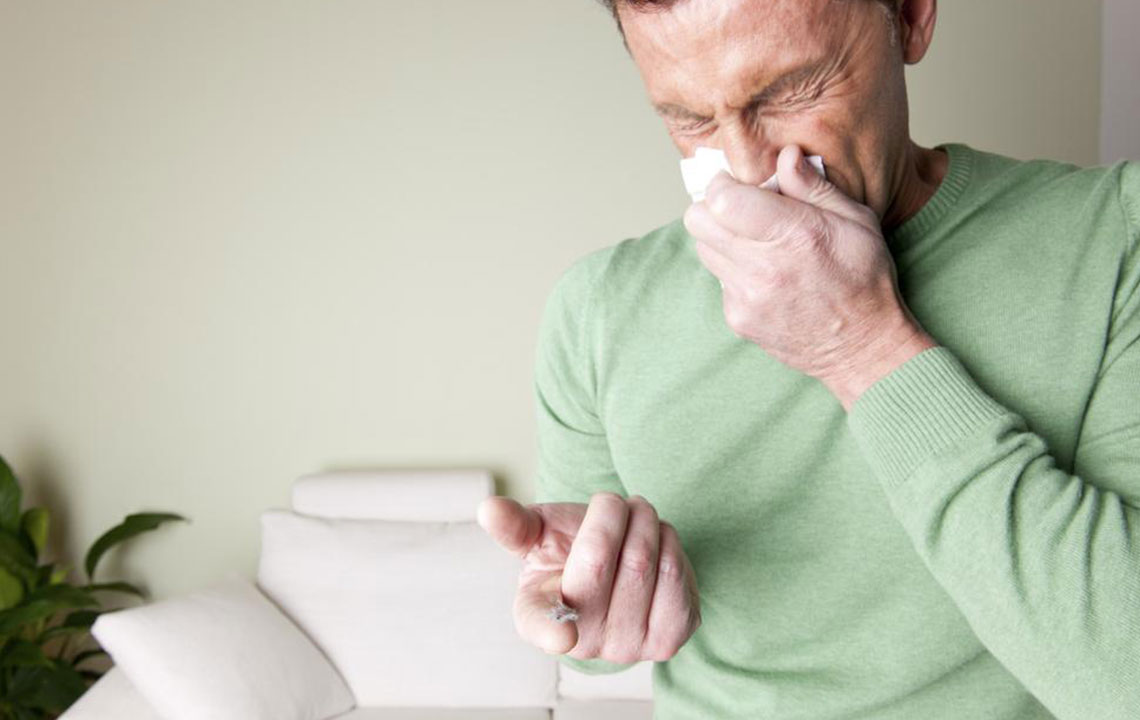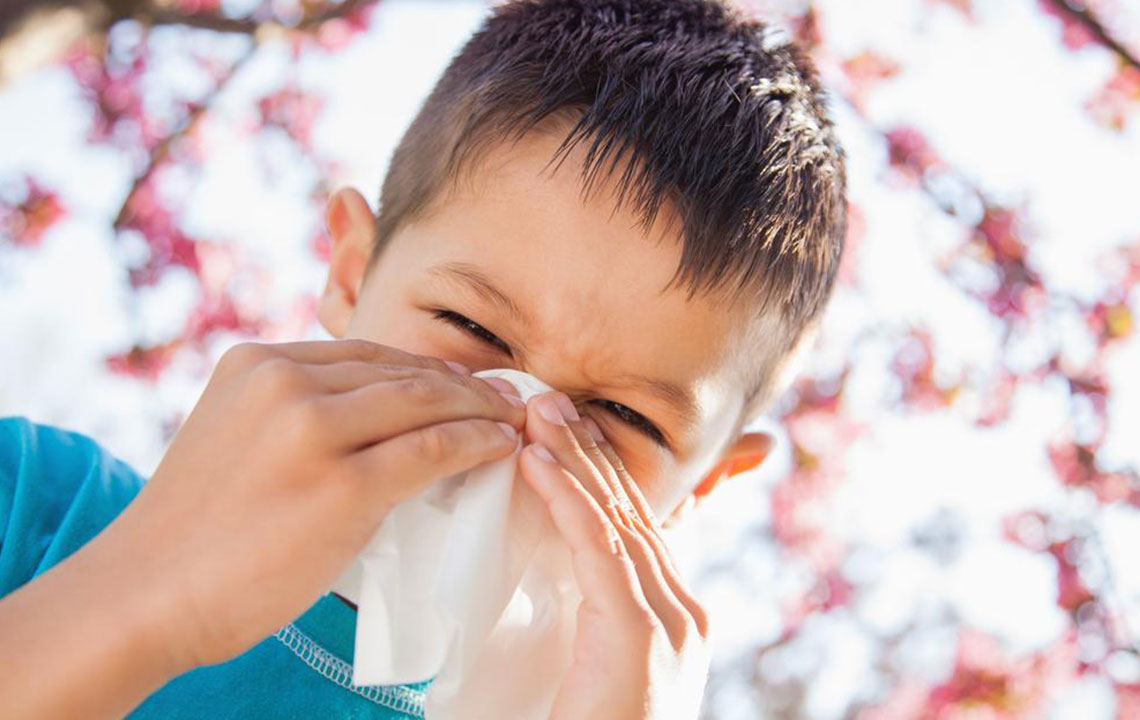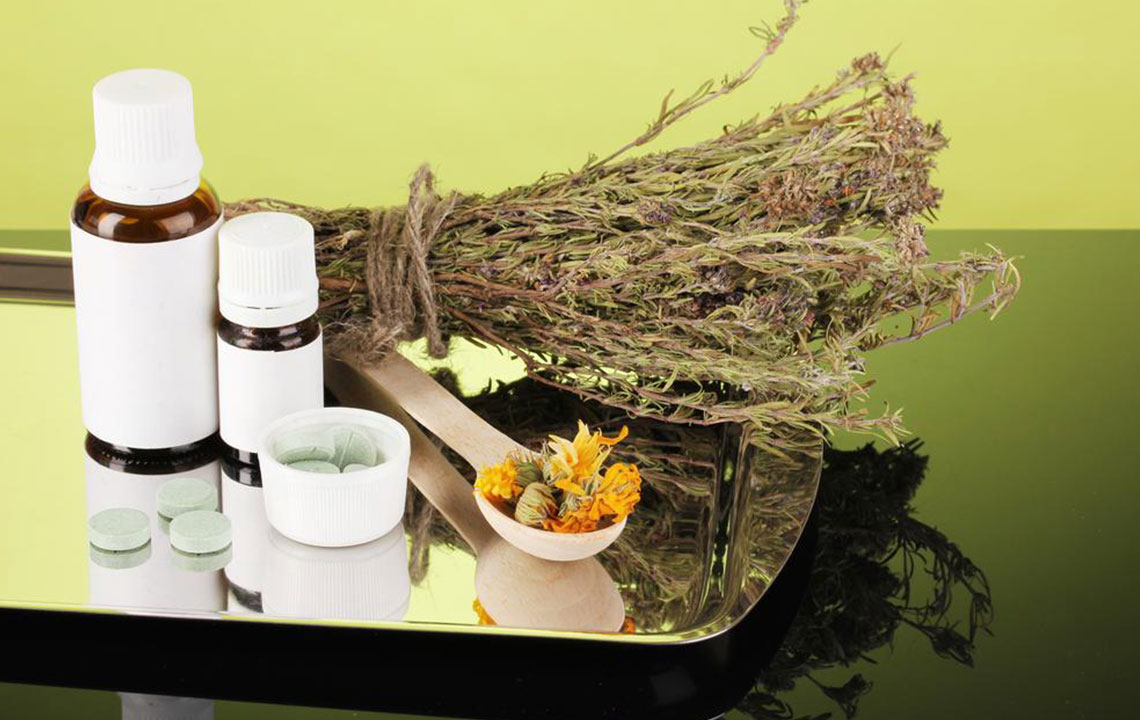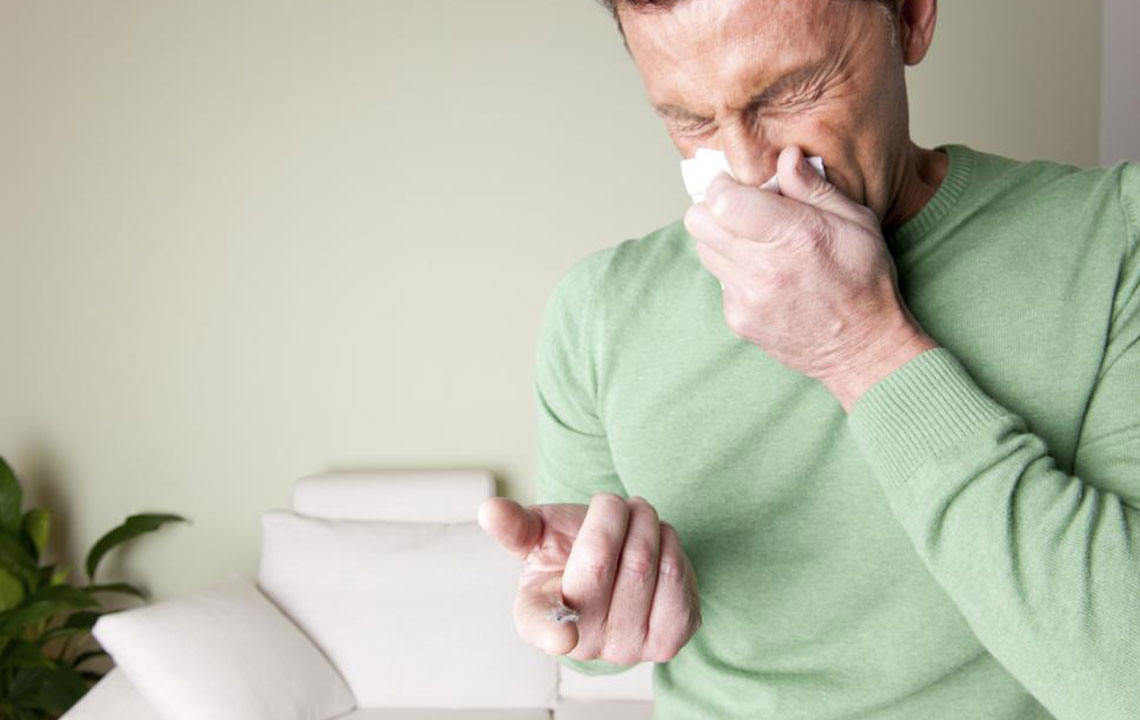Effective Strategies to Minimize Mold Allergies
Learn key methods to prevent mold allergies and protect your indoor environment. The article covers moisture control, cleaning tips, and the use of dehumidifiers to minimize mold growth and allergy symptoms. Proper home maintenance and awareness are crucial for allergy relief and healthier living spaces.

Effective Strategies to Minimize Mold Allergies
Mold thrives in damp environments such as basements, under sinks, and outdoor garden areas, especially near water sources. Recognizing these areas can help you implement preventive measures to avoid mold-related allergies. While mold allergy symptoms often resemble cold or flu, they tend to worsen over time or persist longer than typical infections. If rainy weather worsens your symptoms, consider mold as a possible cause. Key preventative actions include inspecting plumbing, ensuring proper ventilation, and keeping living spaces dry. Regularly cleaning and drying areas prone to moisture, using dehumidifiers, and placing carpets and upholstery under UV rays or with vinegar treatments effectively reduce mold growth. Proper maintenance and moisture control are essential for allergy management.
Persistent symptoms that last longer than common colds may indicate mold allergy, especially if worsened by rain.
Identify and eliminate sources of moisture, such as leaking pipes or poorly ventilated areas.
Keep your home dry by wiping down wet surfaces and cleaning mold-prone items regularly.
Use exhaust fans and dehumidifiers to lower humidity levels in indoor spaces.
Sun-dry carpets and upholstery or treat them with vinegar to prevent mold build-up.
Mold is generally non-toxic, but prolonged exposure may trigger allergy symptoms. With proper precautions, these issues can be effectively managed.










